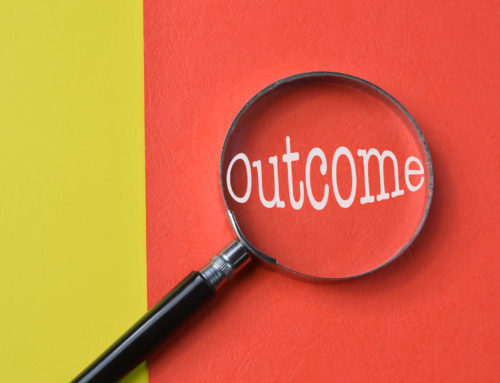Welcome to IMPACT Insight.
Today we’re going to talk about the tough topic of sponsors. I know, you love them or hate them, they love you or hate you. They’re engaged or they’re not. We never know where we’re going to be with our sponsors, and sometimes it can be different on every single project.
The challenge that many of us face is how to engage our sponsor in a meaningful way. If you’ve read anything on my topics called How To Train A Sponsor or taken my mini-course on this topic, you’ll know that sponsor engagement comes in a lot of shapes and forms, and there’s a lot we can do as project managers and PMO leaders and program managers to engage our sponsors in a meaningful way, and, most importantly, get their attention and engagement on our projects.
Okay, so here’s the thing. First and foremost, they may not know how to be good sponsors. I had one of my clients say to me on time, “Boy, I was a terrible, terrible sponsor before I knew what it meant to be a sponsor.” That’s just the thing, just because someone is a good business leader, a vice president, an executive, or they seem like they’re a good sponsor on other projects, doesn’t necessarily mean they’re going to know how to support you, especially in the way you need it. And, your sponsor is your partner in crime here. They are your partner for the length of the project, so it’s really important that you build a strong relationship with them. I’m going to give you a few tips to help you figure out how.
First and foremost in training our sponsor, we’ve got to look at if they understand the role. Do they even understand the role, and do they care about this project in the first place? Ideally, your sponsor really needs to be more than the check writer or the high level decision maker. They’ve got to care about what you’re building and we’ve got to make sure that they’re a part of the solution from beginning to end. If you’ve had that “I’m just the check writer” or “I’m just the high level decision maker” or “I’m just the one that comes to yell at you when something goes wrong,” then that’s not a positive sponsor relationship.
We’ve got to lay out the expectations, what it is that you expect from them, and how you can engage them throughout the project lifecycle at key points in the process to help you move your project forward. How do we do that? We’ve got to start with the WIIFM, the what’s in it for me. You need to identify that for your sponsor. Does your sponsor get a promotion, or a demotion depending on how this project goes? Does your sponsor look better? Do they get more resources? Do they get better systems. Are they able to create better outcomes? What are the benefits that your sponsor is going to get when this project moves forward and delivers on the IMPACT that it was intended to deliver? That’s the first thing. Let’s assess them, figure out where they are.
Then let’s work with them to set expectations on how you will support them and give them the information they need to make educated and informed decisions real-time and move onto the next thing they’ve got to do, and then what you need from them and how you will engage them to get what you need from them so that they can support you. It’s very much about managing up and using them to help you drive the projects forward.
I got to tell you, as a business leader I’m always telling my teams, “Hey, tell me what you need from me and tell me what to do.” It’s not because as business leaders we don’t know. It’s that we have so many decisions to make on a daily, hourly even, basis, that we really just need you to focus our attention, tell us how to help you solve the problem, and then move on. The worst thing we can do is go to our sponsor with a whole lot of problems, a whole lot of whining and complaining, and then expect them to solve problems for us. Of course, I’m sure you’ve heard bring the solutions, not just the problem.
But that requires us to do a little homework first. I suggest that it goes beyond problem-solution to here’s the problem, here’s the solution opportunities we have, and what I need from you. Do I need you to make a decision as a sponsor? Do I need you to make a phone call as a sponsor? Do I need you to build a relationship? What is it that I need you to do to help me move this project forward?
That’s how you can establish from the front and the beginning of project how you’re going to interact with them, why they care, and how you can set expectations with them on their role and what you need from them. They are a huge determining factor in the success or failure of your project. It’s best that you work as hard as you can to build that relationship upfront and set the stage for a really positive experience throughout your project or program, or PMO. That’s it for now. Thank you so much. Have a wonderful day. Leave a comment below. Let me know what you think. Ask more questions and I’ll see you next time on IMPACT Insight.








I do believe one of the key principles for PMO success is to have a solid Sr. Executives or business leaders sponsorship and support to PMO but the fact is as per PMI this principle is not addressed and most of the time business leaders are so busy so how you could engage them to set their expectations and impact that look for!
Yes, exactly! Unfortunately, organizations like PMI and others that are dedicated to PMO models focus so much on tools and processes, and putting methodology at the forefront of their approach. That stuff, while important, is meaningless without a strong and supportive leadership that can remove barriers and support your progress. Thanks for the comment!!